Older adults can save tens of thousands of dollars annually by choosing assisted living communities over aging in place in their homes.
Unlike point solutions, Inspiren unifies resident safety, care planning, staffing, and emergency response into a single AI-powered platform.
An artificial intelligence-powered virtual assistant platform for senior living and care providers.
Betting that AI could lighten the clinician load.

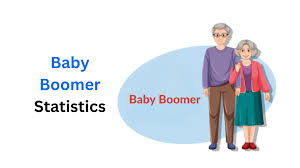 Baby boomer aging – it’s a big tech opportunity. Today there are
Baby boomer aging – it’s a big tech opportunity. Today there are  AI technology is permeating every aspect of business technology today. Increasingly it will be deployed in the care of older adults, as apparent in research reports like
AI technology is permeating every aspect of business technology today. Increasingly it will be deployed in the care of older adults, as apparent in research reports like 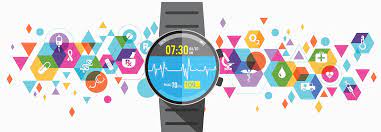 Strength-related tech for stronger women? With all of the digital health startups and corresponding
Strength-related tech for stronger women? With all of the digital health startups and corresponding 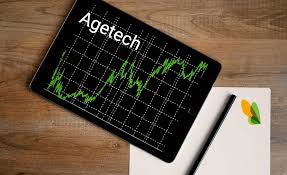 IEEE wants to drive creation of a standard for AgeTech. The
IEEE wants to drive creation of a standard for AgeTech. The 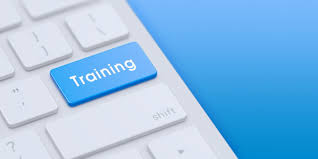 An
An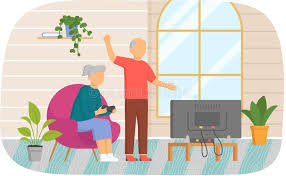 The gap between some older adults and the devices/software they need does not narrow. As AARP responders noted in their survey,
The gap between some older adults and the devices/software they need does not narrow. As AARP responders noted in their survey,